Brick Pavers Vs. Colored Concrete Pavers
trouper
19 years ago
Featured Answer
Sort by:Oldest
Comments (14)
windy_meadow
19 years agolast modified: 9 years agozeuspaul
19 years agolast modified: 9 years agoRelated Professionals
West Milford Landscape Architects & Landscape Designers · Belmont Landscape Architects & Landscape Designers · Zion Landscape Architects & Landscape Designers · Arlington Landscape Contractors · Brandon Landscape Contractors · Dickinson Landscape Contractors · Fair Oaks Landscape Contractors · Kaysville Landscape Contractors · Lees Summit Landscape Contractors · Santa Ana Landscape Contractors · Watertown Landscape Contractors · Guilford Fence Contractors · Maynard Fence Contractors · Palmetto Fence Contractors · Towson Fence ContractorsFori
19 years agolast modified: 9 years agowindy_meadow
19 years agolast modified: 9 years agotrouper
19 years agolast modified: 9 years agoemersonsf
19 years agolast modified: 9 years agoshelende
18 years agolast modified: 9 years agoSEWigardnut
18 years agolast modified: 9 years agoc98samuri_aol_com
18 years agolast modified: 9 years agokarinl
18 years agolast modified: 9 years agoaguywhoknowsbrick
18 years agolast modified: 9 years agoaguywhoknowsbrick
18 years agolast modified: 9 years agobindersbee
18 years agolast modified: 9 years ago
Related Stories
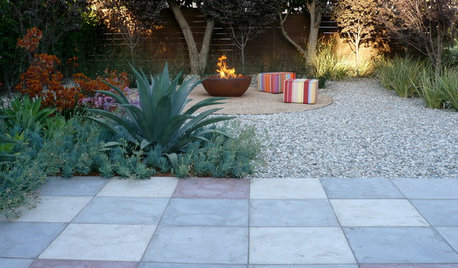
MATERIALSPrecast Concrete Pavers Make a Versatile Surface in the Garden
You can use concrete pavers in a variety of shapes and colors for your patio, walkway, driveway and more
Full Story
GARDENING AND LANDSCAPING8 Great Ways to Use Landscape Pavers
Today's Stepping Stones Define a Space While Adding Affordable Style
Full Story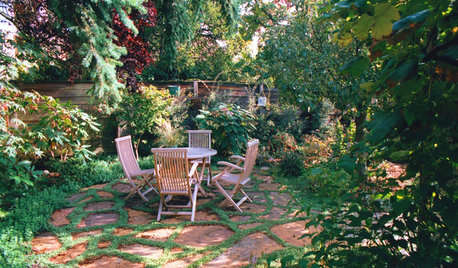
GARDENING AND LANDSCAPINGPavers for the Perfect Patio and Path
3 Landscape Designers Share Tips on Paver Materials, Installation and Cost
Full Story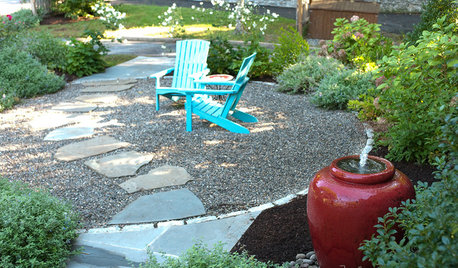
GARDENING AND LANDSCAPINGPatio Pavers Rock Out
Pair stone or gravel with bigger pavers for a patio design that guests will pay tribute to
Full Story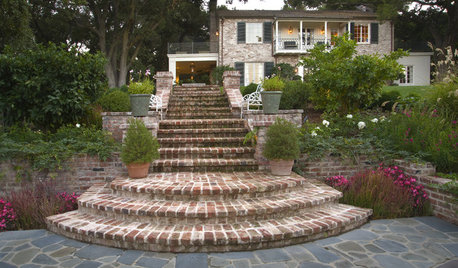
MATERIALSReclaimed Brick Brings History and Charm to the Garden
Old bricks make durable and beautiful pavers for the home landscape
Full Story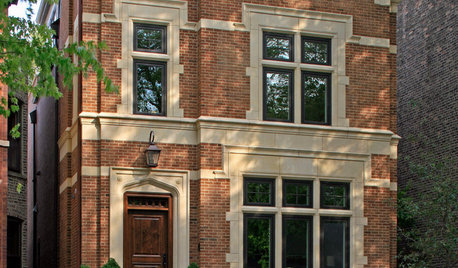
MATERIALSRaw Materials Revealed: Brick, Block and Stone Help Homes Last
Learn about durable masonry essentials for houses and landscapes, and why some weighty-looking pieces are lighter than they look
Full Story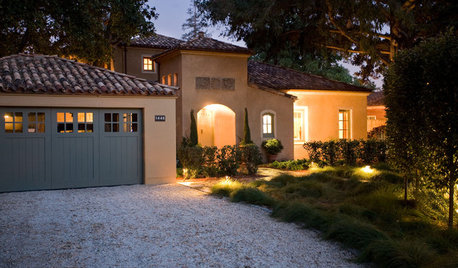
REMODELING GUIDESGravel Driveways: Crunching the Pros and Cons
If you want to play rough with your driveway, put away the pavers and choose the rocky road
Full Story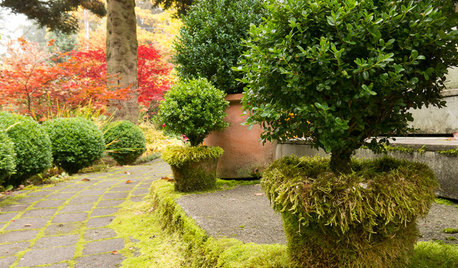
LANDSCAPE DESIGNEvoke Mystery and History With Moss in the Garden
Go ahead, lie about age. Moss on garden statues, planters and pavers creates the beautifully deceptive look of time’s passing
Full Story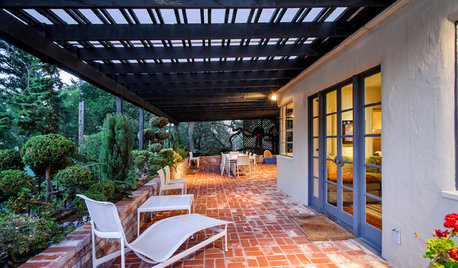
PATIOSLandscape Paving 101: How to Use Brick for Your Path or Patio
Brick paving is classy, timeless and a natural building material. Here are some pros and cons to help you decide if it’s right for your yard
Full Story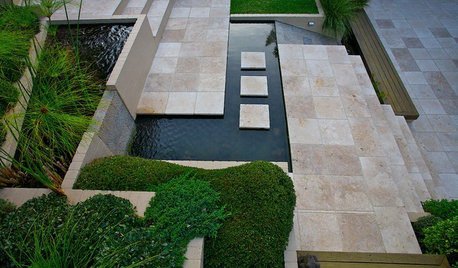
PATIOSLandscape Paving 101: Travertine Keeps Its Cool in Warm Climates
Travertine is a gorgeous paver for a pool surround
Full Story


windy_meadow